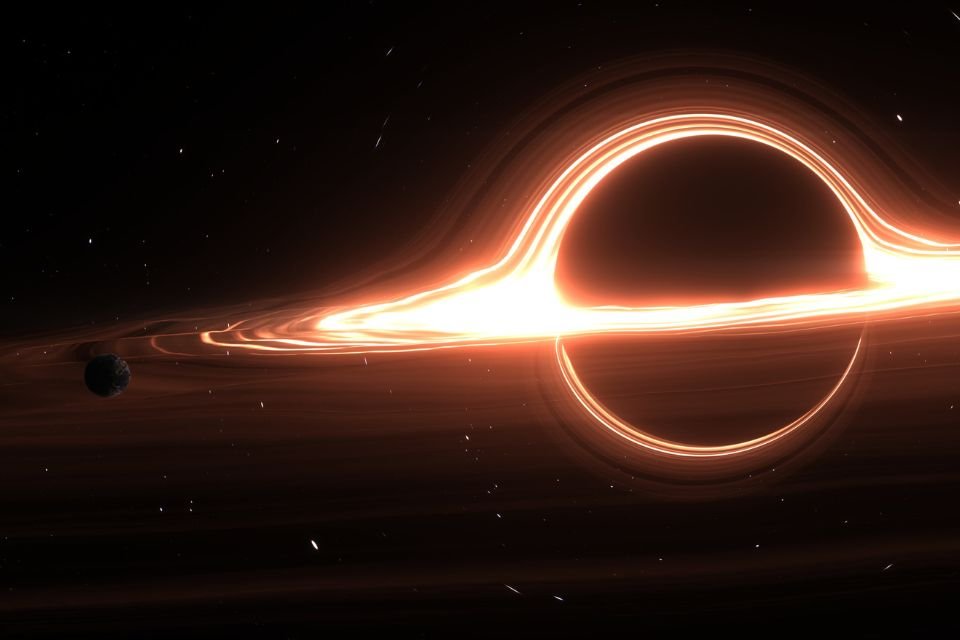A supermassive black hole was dormant and ‘awakened’ after an x-ray burst, according to a study by the United States National Aeronautics and Space Administration (NASA) with telescope data. The space event was so impressive that scientists detected ‘sound echoes’ caused by the explosion..
The black hole in question is known as Sagittarius A* (Sgr A*) and has a mass of about 4.1 million times that of the Sun. The discovery was made after astronomers realized that the region was emitting more x-rays than expected; The reaction was caused exactly by the explosion.
The research explains x-rays are just a reflection of the explosion and the event released in just one year as much energy as our Sun would in a total of 820,000 years – for example, a firefly began to shine as brightly as the Sun.
It is important to emphasize that sound does not propagate in space, so you are listening to a sound created from x-ray data collected from a supermassive black hole.
“X-ray reflection by dense gas in the Galactic Center region of Sgr A* provides a tool to study past explosive activity on timescales of hundreds and thousands of years. The researchers studied the shape of the X-ray continuum and the strong molecular clouds observed from giant molecular clouds around Sgr A*. states that the fluorescent iron line is consistent with the reflection scenario.
Sound echo in a black hole?
If scientists had extremely powerful telescopes in 1820, they could probably detect the explosion of the supermassive black hole located about 26,000 light-years from Earth. In the new study, they They were able to detect the event with X-ray signals observed by the IXPE (Imaging X-ray Polarimetry Explorer) observatory and the Chandra X-ray Space Telescope. – both projects are from NASA.
The study indicates that the explosion was so large that at the time it was a million times more powerful than the black hole’s current state. It is estimated that up to 1044 ergs of energy are released and, IXPE detects x-ray echoes in the A* direction of Sagittarius by measuring the polarization of light waves.
Thanks to the data, the researchers were able to find evidence that the eruption occurred about 200 years ago. According to Frédéric Marin, leader of the study team from the University of Strasbourg (France), Sagittarius A* has a gravitational tidal force that can destroy anything that comes close to it. Such an event could even trigger the birth of a star, in addition to releasing an X-ray burst.
“Our work provides incomplete evidence that X-rays from giant molecular clouds originate from an intense but short-lived explosion produced at or near Sgr A*,” the team wrote.
Source: Tec Mundo
I’m Blaine Morgan, an experienced journalist and writer with over 8 years of experience in the tech industry. My expertise lies in writing about technology news and trends, covering everything from cutting-edge gadgets to emerging software developments. I’ve written for several leading publications including Gadget Onus where I am an author.













